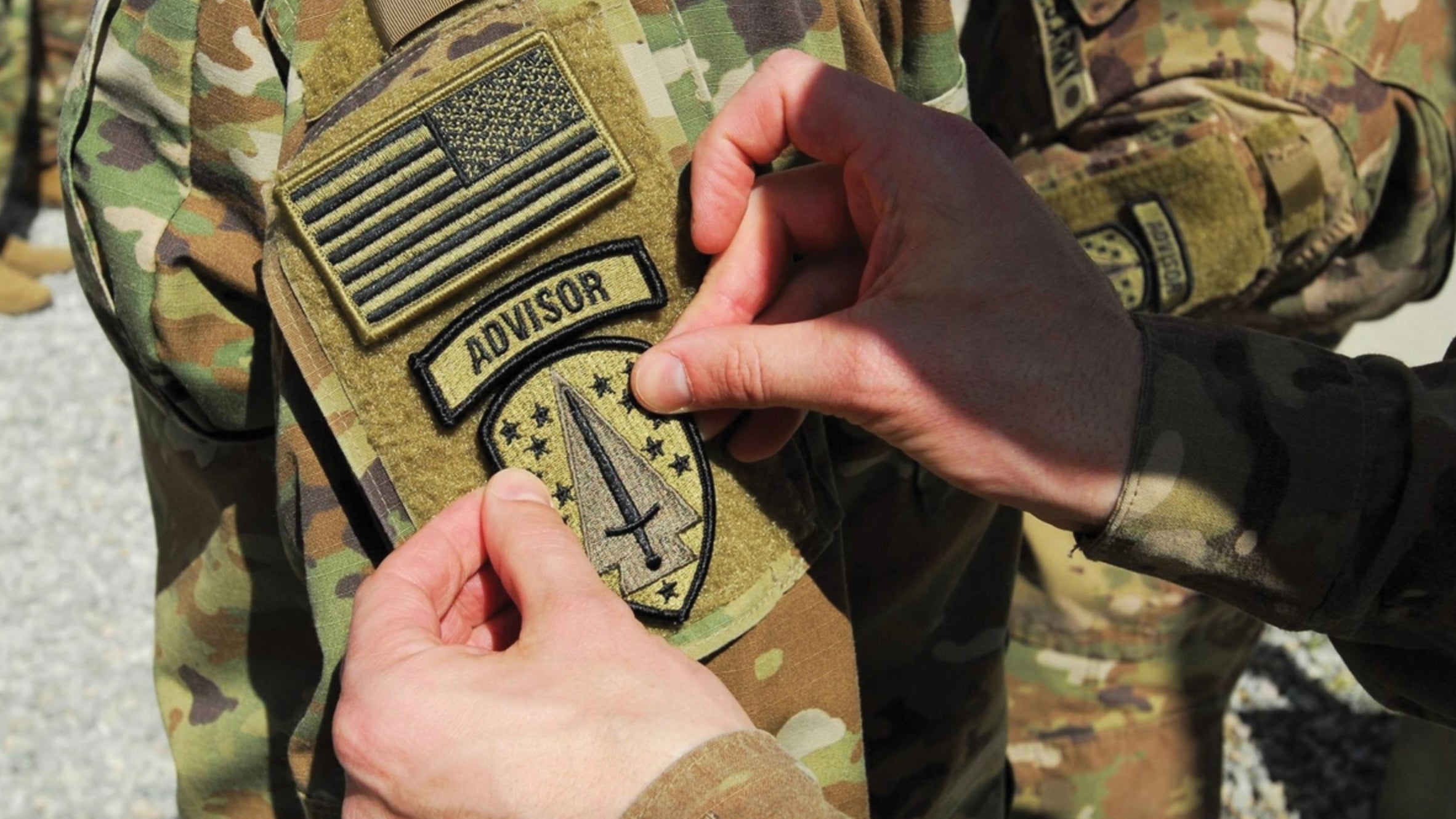Paper: SFABs Can Augment Busy Armored Formations
Paper: SFABs Can Augment Busy Armored Formations

The author of a new paper published by the Association of the U.S. Army suggests that the stress created by the high demand for armored brigade combat teams could be mitigated by using formations from the Army’s new security force assistance brigades.
In “Combat Multiplier: Examining the Security Force Assistance Brigade's Role in Future Army Strategic Deterrence,” Maj. John Thomas Pelham IV writes that the “perpetual deployment” of armored brigade combat teams has a negative impact on their readiness.
Pelham, a student at the School of Advanced Military Studies at Fort Leavenworth, Kansas, looks at the feasibility of incorporating the security force assistance brigades into a “rotational strategic deployment model” that was developed before the SFABs were stood up.
The SFABs are specialized units designed to conduct the Army’s advise-and-assist missions with allies and partners, a task that used to fall to brigade combat teams. Manned with about 800 soldiers, most of whom are mid-grade and senior NCOs and officers, the SFABs can be bulked up with thousands more soldiers and turned into a unit that could be employed in large-scale operations if needed.
The 1st SFAB out of Fort Benning, Georgia, in 2017 was the first unit of its kind stood up in the Army. It first deployed in spring 2018 to work with the Afghan National Security Forces and has since been aligned with U.S. Southern Command.
The 2nd SFAB at Fort Bragg, North Carolina, is aligned with U.S. Africa Command; the 3rd SFAB at Fort Hood, Texas, is aligned with U.S. Central Command; the 4th SFAB at Fort Carson, Colorado, is aligned with U.S. European Command; and the 5th SFAB at Joint Base Lewis-McChord, Washington, is aligned with U.S. Indo-Pacific Command.
The sixth SFAB, known as the 54th SFAB, is a National Guard brigade with battalions in Florida, Georgia, Illinois, Indiana, Ohio and Texas.
Pelham suggests that using all or part of an SFAB to augment armored formations would be more cost-efficient than building new armored formations.
His study seeks, in part, to “offer solutions to current controversies involving SFAB force structure and to create an extensive dialogue for further research on the SFAB’s future in the Army force structure and the evolution of the armored force—as threats and operating environment advantages evolve and current technologies age.”
Pelham recommends lowering the number of conventional forces deployed as part of regionally aligned forces deterrent rotations by reducing the deployed armored brigade combat teams from three combined-arms battalions to two. The Army would then make up the difference with an SFAB battalion task force “executing a synchronized and concurrent regionally aligned deployment,” he writes.
If this mix of forces proves insufficient, Pelham suggests “a ratio of either two combined-arms battalion task forces and one SFAB battalion task force, or one combined-arms task force and two SFAB battalion task forces, dependent on the operational environment and force availability.”
This revised approach, he writes, will help to relieve stresses on force generation and readiness and provide fiscal, materiel and personnel savings.
Read the full paper here.

